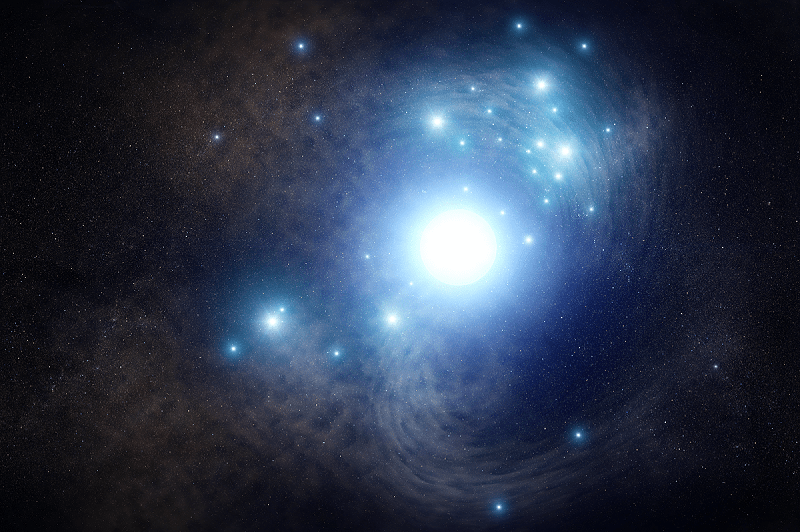As astronomical phenomena go, supernovae are among the most fascinating and spectacular. This process occurs when certain types of stars reach the end of their lifespan, where they explode and throw off their outer layers. Thanks to generations of study, astronomers have been able to classify most observed supernovae into one of two categories (Type I and Type II) and determine which kinds of stars are the progenitors for each.
However, to date, astronomers have been unable to determine which type of star eventually leads to a Type Ic supernova – a special of class where a star undergoes core collapse after being stripped of its hydrogen and helium. But thanks to the efforts of two teams of astronomers that pored over archival data from the Hubble Space Telescope, scientists have now found the long sought-after star that causes this type of supernova.
Continue reading “Astronomers Finally Spot the Type of Star That Leads to Type 1C Supernovae”

